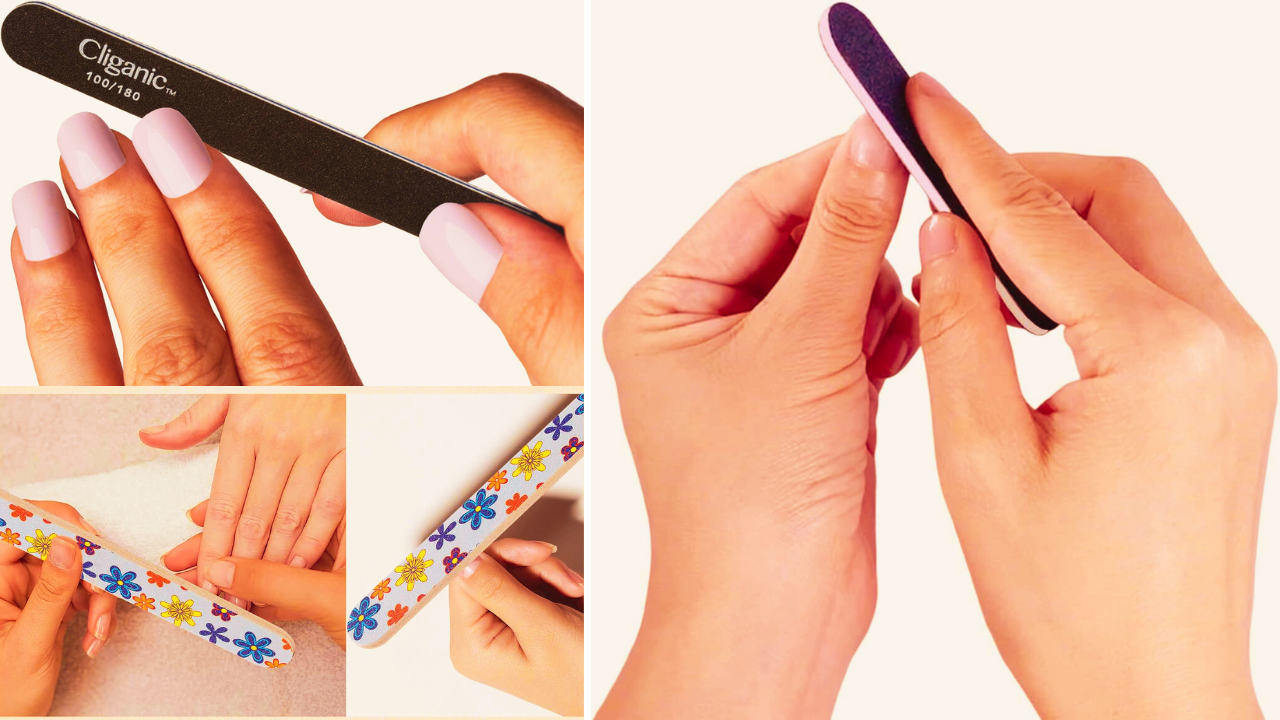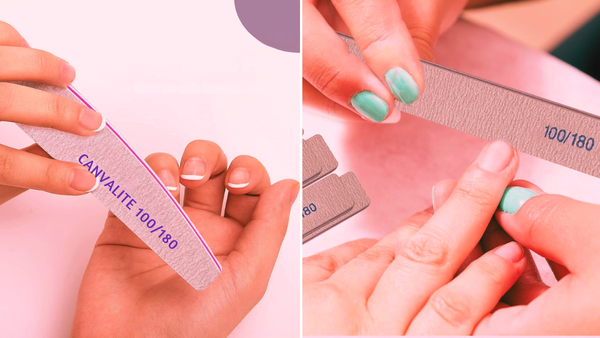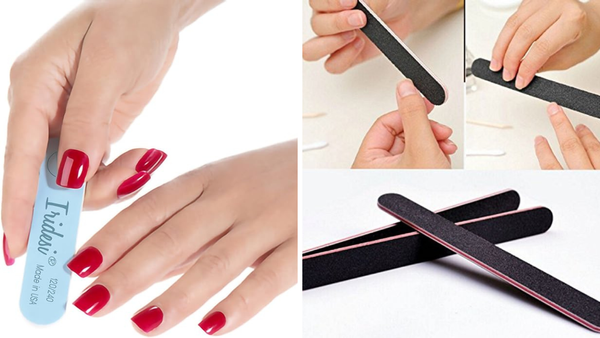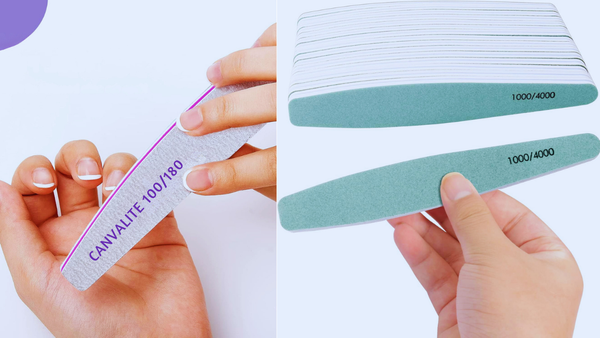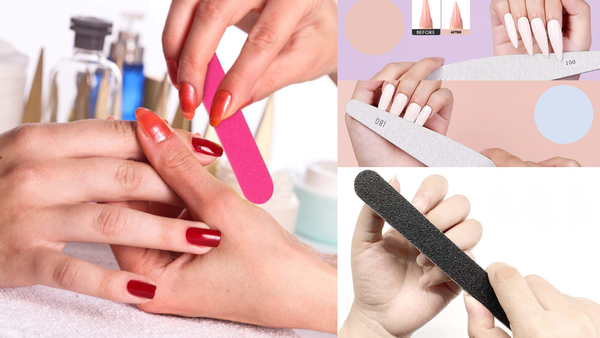Key Takeaways:
- Learn the correct technique to use emery files for different nail types and shapes.
- Discover the various types of nail files and their specific uses.
- Understand how to maintain your emery files to extend their lifespan.
Nail care is an essential part of personal grooming, and knowing how to use emery files correctly can make a significant difference in the appearance and health of your nails. Whether you're a nail artist or someone who enjoys taking care of their own nails at home, this guide will walk you through the steps and tips to achieve that perfect manicure.
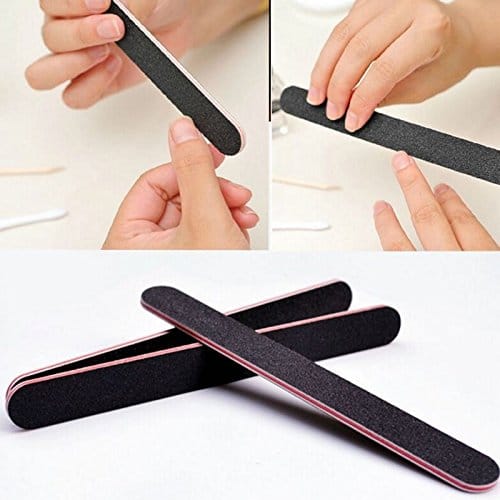
What Are Emery Files?
Emery files, commonly known as nail files, are tools designed to shape and smooth the edges of the nails. They come in various grit sizes, materials, and shapes to cater to different nail types and filing needs. From natural nails to acrylics, emery files are a staple in nail care.
Choosing the Right Nail File
Before you start filing, it's crucial to select the right type of nail file for your nails. For natural nails, a softer nail file is preferred to prevent splitting. Crystal nail or glass files are excellent for a smooth finish, while metal nail files are typically used for acrylic nails due to their durability and coarser grit.
Preparing Your Nails

To begin, ensure your nails are clean and free from nail polish. Soak your hands in warm water to soften the nails and cuticles. This makes them easier to file and reduces the risk of breakage. After soaking, gently rub cuticle oil on the nails and skin around them to moisturize them.
The Filing Technique
When filing your nails, use a back-and-forth motion or file in one direction to avoid uneven filing. Start from the outside edge and move towards the center. This method prevents stress on the nail tip and helps maintain the desired shape. For natural nails, a gentle touch is key to prevent damage.
Shaping Your Nails

The shape of your nails can dramatically change the look of your hands. Whether you prefer square nails, round edges, or stiletto nails, use your emery file to create the desired shape. File the sides of the nails to achieve the width and angle you want, and then work on the tip to refine the shape.
Filing Acrylic and Artificial Nails
Acrylic nails require a different approach. Use a metal nail file or an emery board with rougher grit to shape these tougher materials. File the sides and tips of the acrylic nails to blend them seamlessly with your natural nail bed.
Avoiding Common Mistakes
One common mistake is using a sawing motion, which can cause the nails to fray and split. Instead, file in the same direction to keep the nail edges smooth. Also, avoid filing too aggressively, which can weaken the nail plate and lead to breakage.
Nail File Maintenance
To extend the life of your emery files, clean them regularly. Metal files can be washed with soap and water, while glass files can be sterilized with alcohol. For emery boards, tap them gently to remove nail dust and replace them when they become worn out.
Aftercare for Filed Nails
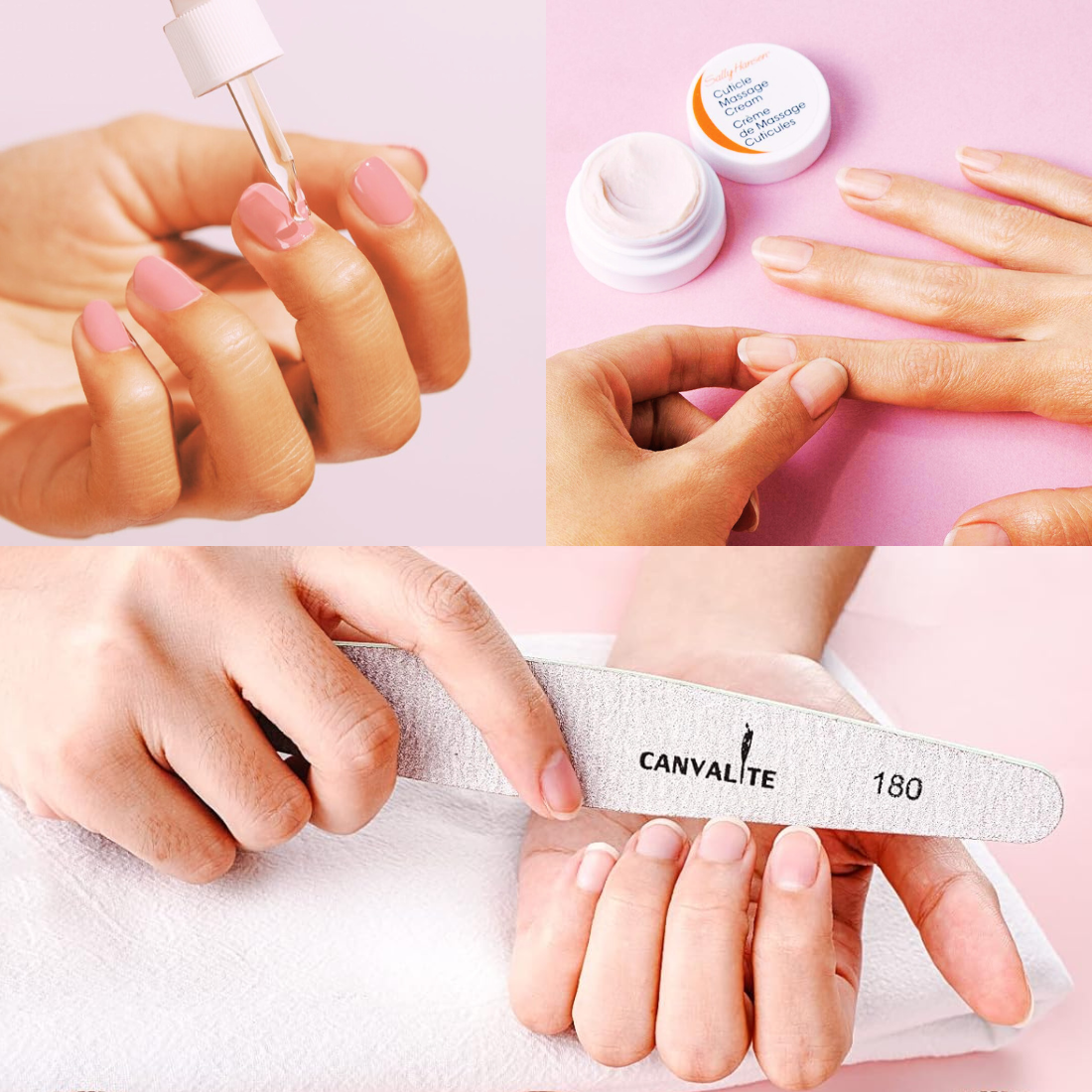
Once you've achieved the desired shape, it's important to care for your filed nails. Apply a nourishing nail cream or oil to hydrate the nail plate and cuticles. This will help keep your nails strong and healthy after the filing process.
When to File Your Nails
It's best to file your nails when they are dry to avoid tearing. Filing after a shower or bath might seem easier, but it can actually cause more harm than good. Dry filing will give you more control and precision.
Creating Different Nail Shapes
Experiment with different nail shapes to find what suits you best. From the classic oval to the trendy coffin nails, each shape requires a specific filing technique. Use the emery file to gently create the outline and refine the edges for a polished look.
The Role of Emery Files in Nail Health
Using emery files correctly can promote healthy nails by preventing splits and rough edges. By choosing the right file and using it properly, you can keep your nails in top condition.
Tips for Short Nails
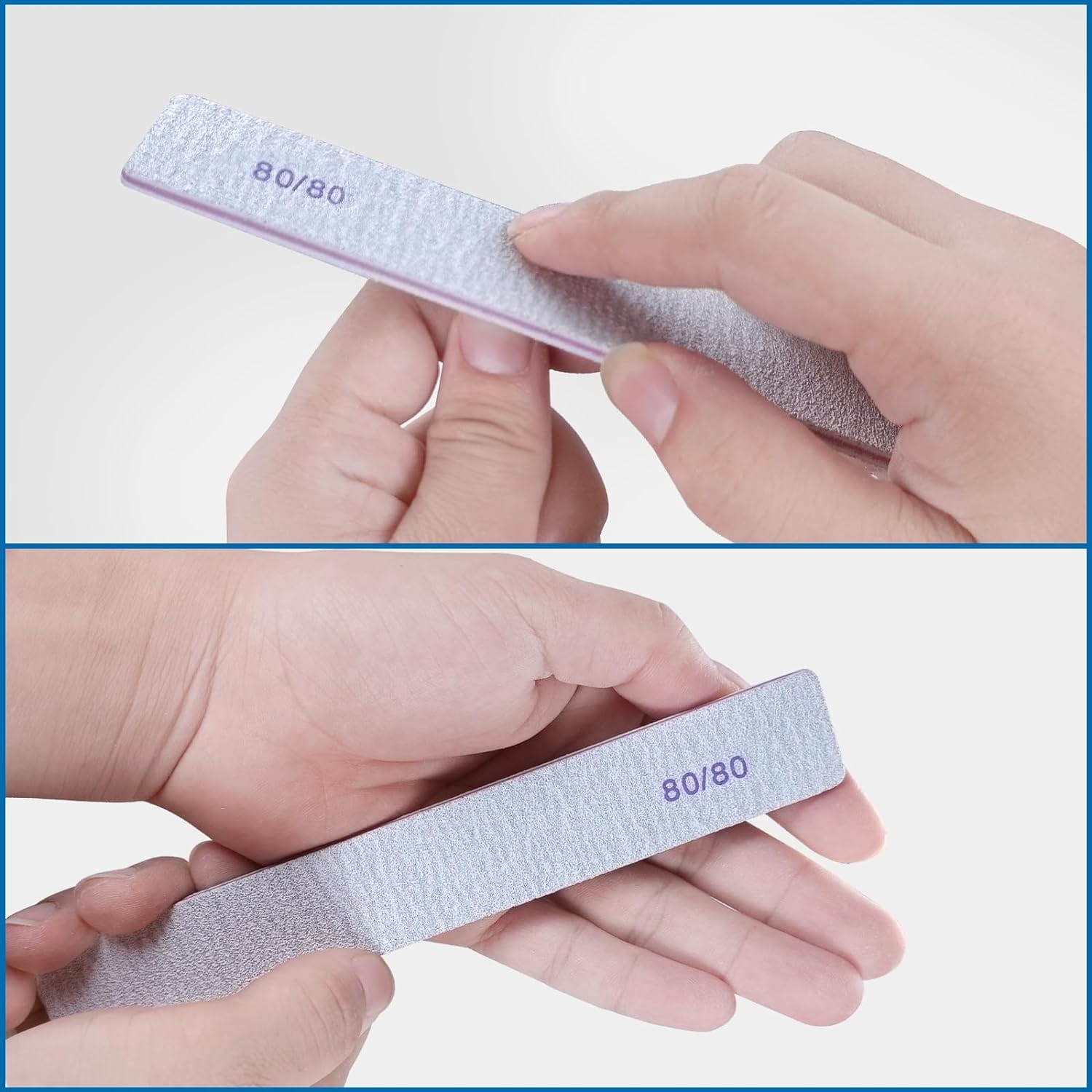
If you have short nails, be cautious not to file too much off. Focus on smoothing the free edge and maintaining a shape that complements your nail type and finger length.
For the Perfect Finish
After filing, you might want to buff the nails for an extra smooth finish. Use a nail buffer to gently rub the nail surface and edges, which will prepare your nails for nail polish or leave them looking naturally shiny.
Summary
Emery files are essential tools for shaping and maintaining both natural and artificial nails. By selecting the appropriate file, using the correct technique, and avoiding common mistakes, you can achieve beautifully shaped nails that complement your hands. Remember to maintain your nail files and care for your nails post-filing to ensure they stay healthy and strong.
FAQ
How often should I replace my emery file?
Replace your emery board when it becomes dull and less effective, typically after several uses. Metal and glass files can last much longer if they are properly maintained.
Can I file my nails after applying nail polish?
It's best to file your nails before applying nail polish. Filing after polishing can chip the paint and damage the smooth finish you've worked hard to create.
Is it better to file nails in a back-and-forth motion or in one direction?
It's recommended to file nails in one direction to prevent damage and maintain a smooth edge. A back-and-forth motion can cause the nails to split and fray.
